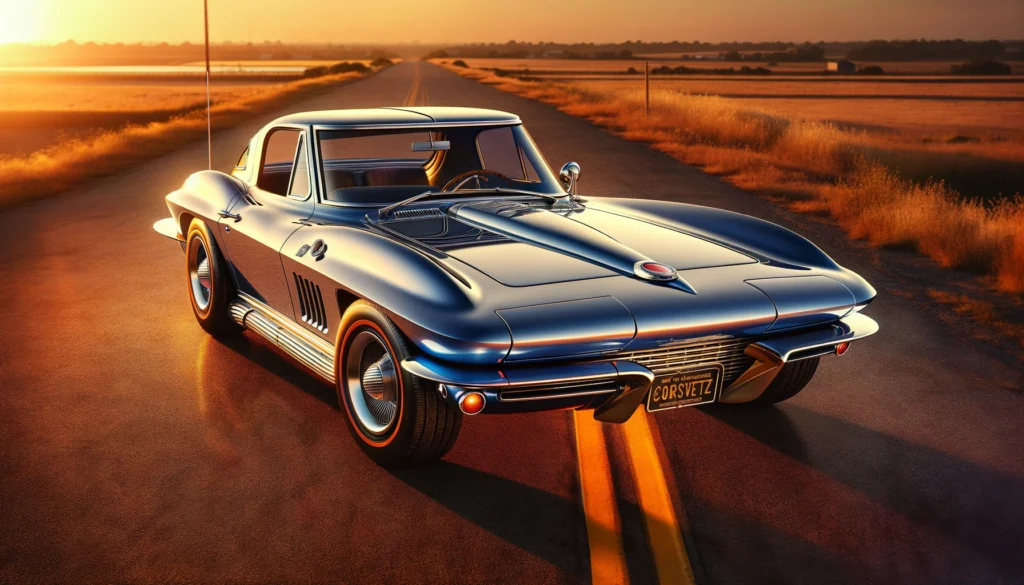
In the annals of automotive history, certain vehicles stand out not just for their performance on the road, but for their iconic status and enduring legacy. The 1963 Chevrolet Corvette Sting Ray is one such masterpiece, a symbol of American ingenuity and engineering prowess that continues to captivate enthusiasts and collectors alike.
A Brief History
In the early 1960s, Chevrolet sought to reinvent its Corvette line, aiming for a design that would both capture the imagination and enhance performance. The result was the introduction of the second-generation Corvette, known as the C2, which made its debut in 1963. Spearheading this new era was the Chevrolet Corvette Sting Ray, a name that would become synonymous with power, style, and innovation.
Designed under the stewardship of renowned automotive designer Bill Mitchell, the 1963 Sting Ray represented a departure from its predecessors in more ways than one. Its sleek, aerodynamic body featured bold styling cues such as hidden headlights, a split rear window (a distinctive feature unique to the 1963 model year), and distinctive side vents, giving it an unmistakable presence on the road.
Performance and Power
The 1963 Corvette Sting Ray wasn’t just about looks; it packed a punch under the hood as well. Buyers had the option of two potent V8 engines: the base 327 cubic inch (5.4L) producing 250 horsepower, or the legendary fuel-injected variant, which churned out an impressive 360 horsepower. Paired with a choice of manual or automatic transmissions, the Sting Ray offered blistering acceleration and nimble handling, cementing its reputation as a true American sports car.
Cultural Impact and Appearances
Beyond its performance credentials, the 1963 Corvette Sting Ray quickly became a cultural icon, featuring prominently in various forms of media and pop culture. Its striking design and formidable performance made it a favorite among Hollywood filmmakers, appearing in numerous films and television shows over the years. From Steve McQueen’s “The Hunter” to the classic TV series “Route 66,” the Sting Ray’s presence on screen only served to enhance its mystique and allure.
Moreover, the Sting Ray’s influence extended beyond the realm of entertainment, leaving an indelible mark on automotive design and engineering. Its innovative features, such as the independent rear suspension and fiberglass body construction, set new benchmarks for performance and handling, influencing future generations of sports cars for decades to come.
Legacy and Collectibility
Today, the 1963 Chevrolet Corvette Sting Ray remains highly sought after by collectors and enthusiasts worldwide. Its timeless design, combined with its historical significance and limited production numbers (due in part to the one-year-only split rear window design), has ensured its status as a coveted classic car.
Restored examples regularly command top dollar at auctions, with pristine models fetching six-figure sums or more. Moreover, the Sting Ray’s enduring popularity has inspired a thriving aftermarket industry, with countless enthusiasts modifying and customizing their vehicles to reflect their own unique tastes and preferences.
Conclusion
In the pantheon of American muscle cars, few vehicles hold the same level of reverence and admiration as the 1963 Chevrolet Corvette Sting Ray. With its striking design, exhilarating performance, and cultural significance, it remains a timeless symbol of automotive excellence and a testament to the enduring allure of the open road. Whether roaring down the highway or turning heads at a car show, the Sting Ray continues to captivate hearts and minds, reminding us of the power of innovation, craftsmanship, and the pursuit of automotive perfection.

